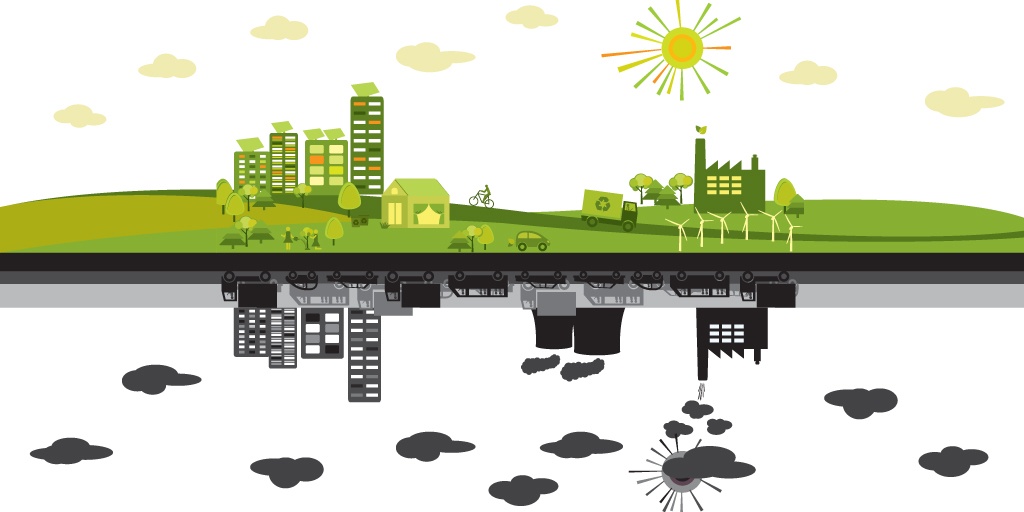How Load Matching Can Minimize Air Pollution
The North American trucking industry moves more than 230 billion tons of freight each year. And, with the EPA reporting 26 percent of U.S. greenhouse gases being caused by transportation, it’s hard to ignore the impact of trucking on the environment, namely on air quality. One way trucking companies can minimize air pollution is through load matching using a freight exchange platform.
Load matching allows brokers and 3PL companies to post a load, which drivers on the road can see and, based on their availability and location en route, pick up. This helps minimize pollution by reducing empty running miles in transport. In addition to reducing harmful emissions, fewer empty running miles translate to business benefits such as increased productivity, revenue and collaboration.
Empty Loads Don’t Pay
Not only do empty loads cost companies money in wasted fuel, but there is also evidence to suggest that they release more nitrogen oxide emissions than trucks with a full load.
Dr. Claire Holman, a chartered scientist and environmentalist who has been at the forefront of air quality management research for the last 30 years, explains, “It may well be because the vehicle emission control system, which is fitted to the exhaust pipe, is only fully functional when the exhaust reaches a certain temperature – say 250 degrees centigrade – and this may not occur in an empty leg vehicle.”
So, how does Holman, who is also the chair of the Institute of Air Quality Management (IAQM), think that the transportation industry can make a difference?
“In one word – collaboration,” she says.
Collaboration with Technology
Marty Weil, an Inbound Logistics opinion leader in the technology industry, believes mobile communications technology has emerged as a viable tool to help truckers move forward in a competitive environment.
“For many carriers, mobile communications may prove to be the difference between revving up and giving up. In the midst of the current economic climate, trucking companies face three principal challenges to operational efficiency: regulatory compliance issues, cost control, and rising customer expectations. Where do trucking companies turn to meet these challenges, and others? Increasingly, they are embracing mobile communications technology.”
Reducing Carbon Dioxide Emissions
So how many tons of carbon dioxide emissions were saved by the 4,500 members who belong to CX North America’s parent company in the United Kingdom, Transport Exchange Group?
In addition to achieving a return on investment between $15K and $62K, a collaboration between Transport Exchange Group’s members resulted in a 9,000-ton net reduction of carbon dioxide emissions in 2015, while nitrogen oxide emissions fell by 102,150 kg.
In the United States, 2013 data indicates that trucks use about 2.7 million barrels of fuel daily and emit 530 million metric tons of carbon dioxide. The Environmental Protection Agency’s latest standards require heavy trucks to reduce carbon emissions up to a 25 percent over the next 10 years, while other large vehicles, such as delivery trucks and school buses, will have to meet somewhat lower standards. It is anticipated the updated standards could cut 1.1 billion metric tons of carbon emissions through 2027, according to the New York Times.
While engine and truck manufacturers will take the lead in determining how to meet these standards with technology on new vehicles, freight collaboration and communication solutions – and freight exchange platforms – will most definitely play a role through maximizing load capacity, reducing deadhead runs, optimizing routes and matching loads with the nearest available driver. As demonstrated by the results reported by Transport Exchange Group, the reductions possible are real and significant. More important, they bring into play immediately achievable emission reductions achievable with existing vehicles using affordable collaborative technology.
For more information on any of our solutions call our CX North America team at 1.888.270.0482 or by email at info@cxnamerica.com.
Author Information:
Simon Bunegar
SVP Corporate Communications
CX North America



